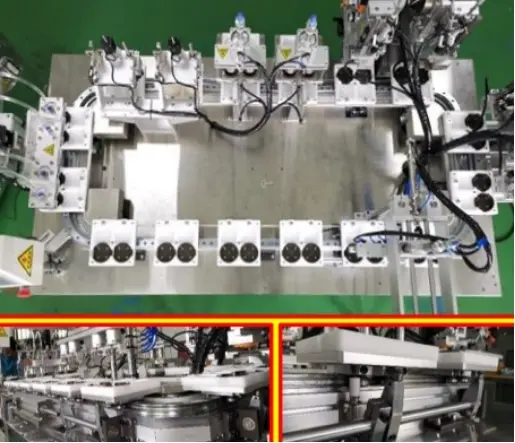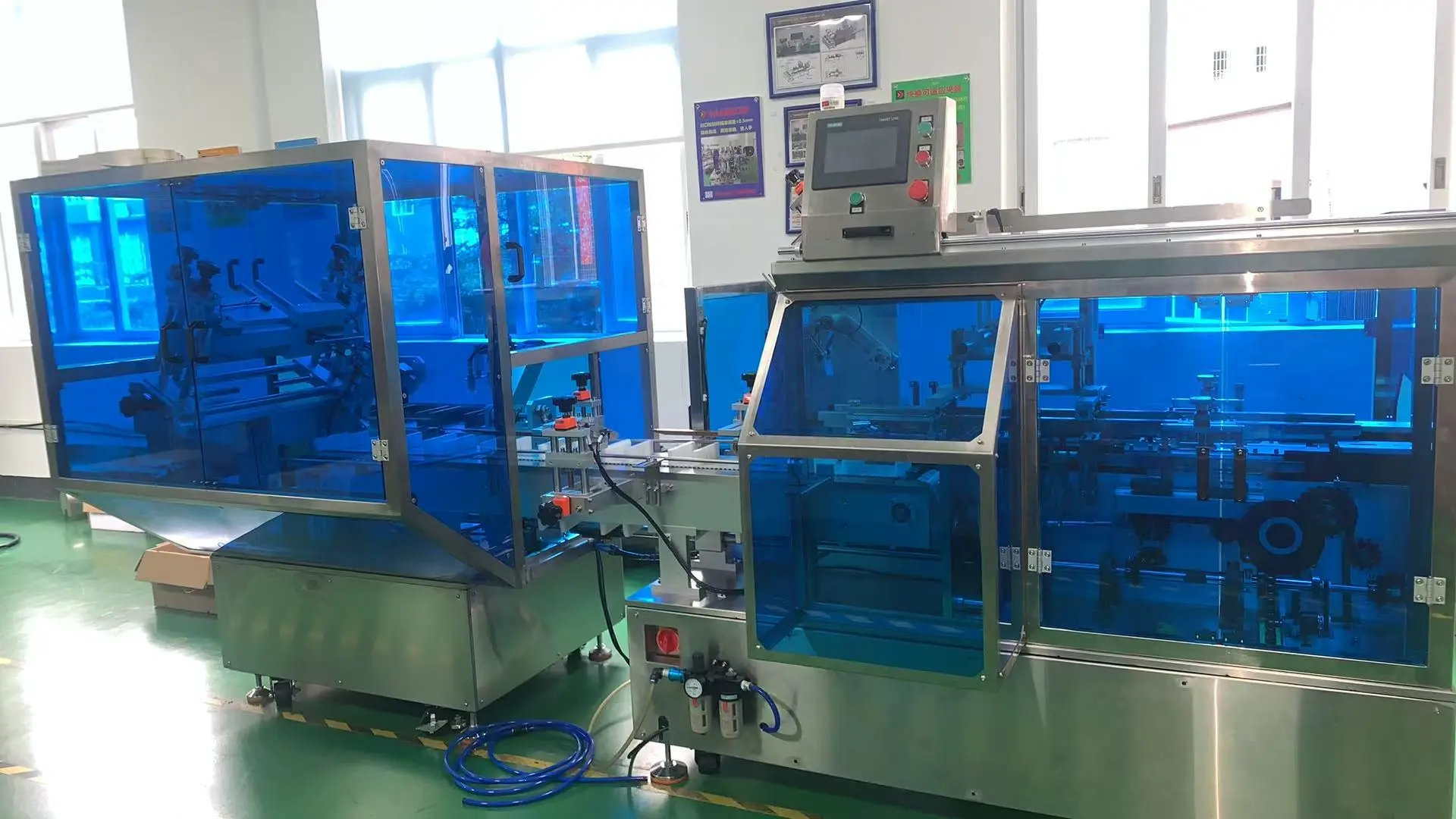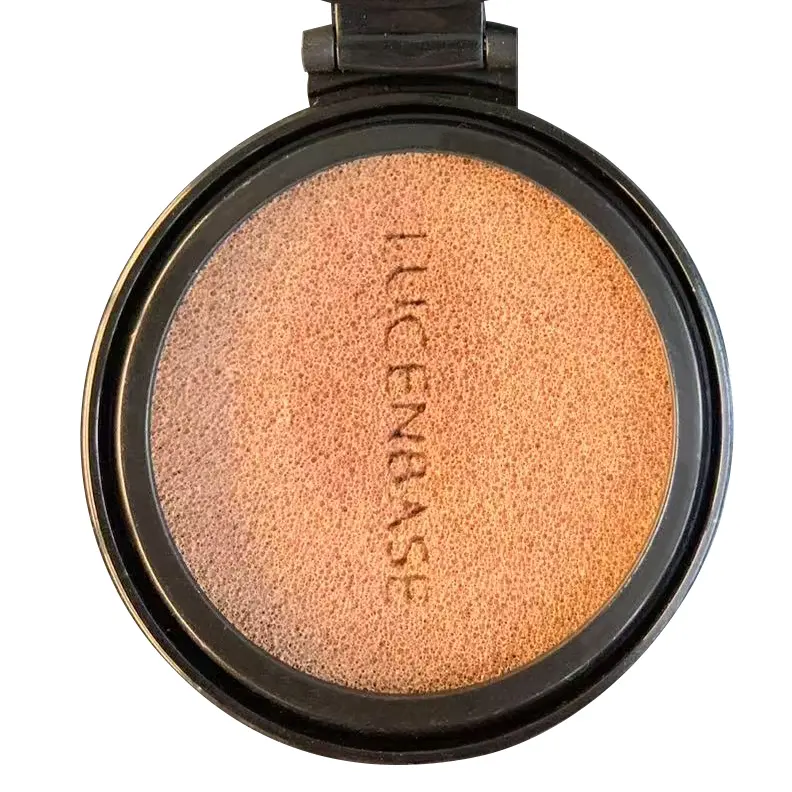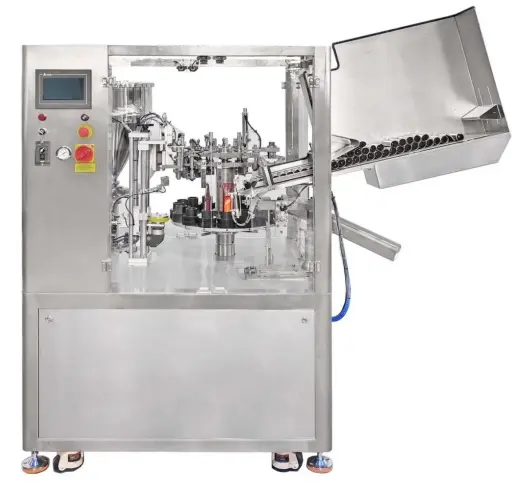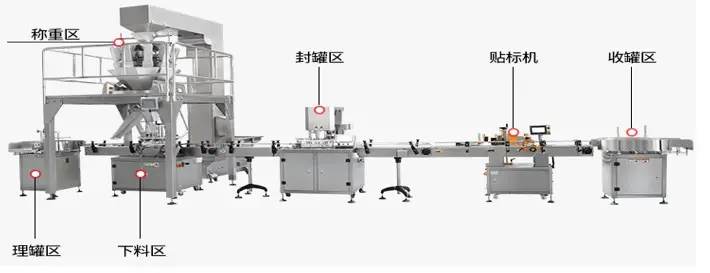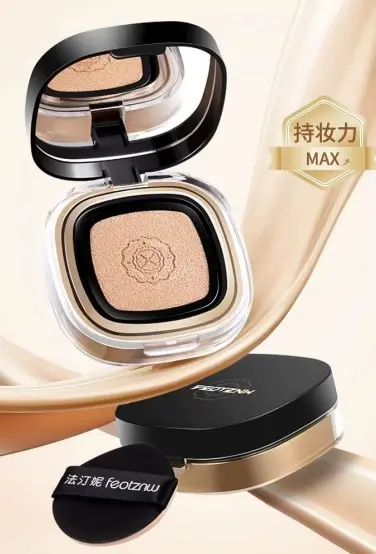0102030405
What are the Changes in the Cosmetics Manufacturing Industry after the U.S. Imposed Tariffs?
2025-04-30
With the continuous implementation of the U.S. tariff - imposing policy on Chinese goods exported to the United States, the global cosmetics manufacturing industry is undergoing profound changes. Numerous related enterprises have been impacted to varying degrees, and the industry landscape is quietly being transformed.
In terms of raw material supply, the U.S. - imposed tariffs have brought enormous challenges to the cosmetics manufacturing industry. As a major global exporter of cosmetics raw materials, China supplies a large amount of basic oils, emulsifiers, sunscreens, and high - end active ingredients to the United States. After the tariff increase, the cost for U.S. cosmetics manufacturers to import raw materials from China has soared significantly. The Chief Operating Officer of Edgewell, a U.S. personal care giant, revealed that if the U.S. tariff on Chinese chemicals rises from 25% to 60%, the production costs of products such as sunscreens will skyrocket, and it will be difficult to find an alternative supply chain in the short term. Some U.S. enterprises have started to seek diversification of raw material supply, turning their attention to suppliers in other regions such as Europe, Japan, and South Korea. However, this transition is not easy. New suppliers need to be re - coordinated in terms of product quality, supply stability, and applicable technologies. For U.S. domestic cosmetics manufacturing enterprises, those relying on a single import source are more severely affected. If they cannot adjust the raw material supply chain in a timely manner, they may face production disruptions or product quality fluctuations.
Changes in the cost structure are a direct impact of the tariffs. U.S. cosmetics enterprises not only face rising raw material costs but also additional expenses such as transportation costs and tariffs themselves. Michael Sacco, Managing Director of CBIZ, a tax and business consulting firm, pointed out that due to the long supply chain cycle in the beauty industry, the impact of cost increases will not be fully reflected in prices in the short term. However, in the long run, there is an obvious upward trend in the prices of end products. Foreo, a Swedish medical skin technology brand, announced that due to the 125% tariff imposed by the United States on Chinese - imported goods, the total tariff impact on its products has reached 137 - 151%. Since April 22, the prices of its products in the United States have been adjusted by 20 - 30%. The high costs have squeezed the profit margins of enterprises. Small cosmetics enterprises, with insufficient capital reserves and weak risk - resistance capabilities, are more severely impacted, and some are even facing a survival crisis.
The market competition pattern has also changed due to the tariff policy. For U.S. domestic cosmetics brands, the price competitiveness of some brands relying on imported raw materials and production has declined after the cost increase. If they cannot effectively absorb the tariff costs, they may lose some market share when competing with brands from Europe, Japan, South Korea, and emerging domestic brands. In the Chinese market, U.S. cosmetics brands also face challenges. After China imposed tariffs on U.S. - imported goods, if U.S. brands such as Estée Lauder and Clinique transfer the costs to the end - consumers, the price increases will be significant. Chinese consumers are sensitive to price hikes and may turn to brands from Europe, Japan, South Korea, or high - end domestic products. At the same time, domestic Chinese brands have ushered in development opportunities.The tariff barriers have prompted Chinese cosmetics enterprises to accelerate the "localization of raw materials" process. Ingredients such as hyaluronic acid from Bloomage Biotechnology, "supermolecular VC" developed by the Chinese Academy of Sciences, and many characteristic ingredients developed based on traditional Chinese herbal medicines have emerged continuously, reducing the dependence on imported raw materials. In the domestic market, domestic brands have continuously expanded their market share with their cost - effectiveness advantages; in the international market, some Chinese enterprises have started to export to markets in Europe, Southeast Asia, etc. For example, cosmetics from Yiwu, Guangdong, and other places in China are popular in markets such as Vietnam and Thailand.
The U.S. - imposed tariffs have triggered a series of changes in the cosmetics manufacturing industry. Raw material supply, cost structure, and market competition pattern have all been significantly affected. Whether it is U.S. domestic enterprises or other participants in the global cosmetics manufacturing industry chain, they need to respond actively. By adjusting the supply chain, innovating in research and development, and exploring new markets, they can seek new development opportunities in the complex and changing trade environment.https://www.hrdautomaticequ.com/news/





